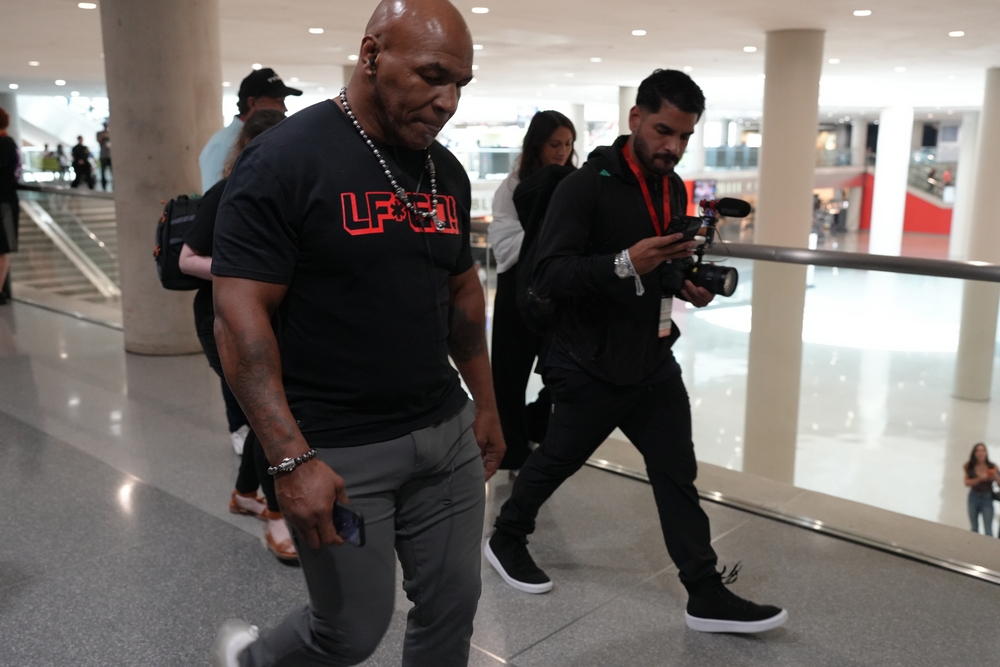Mike Tyson met trainer Cus D’Amato in 1980 in Catskill, New York, when he was just thirteen. Bobby Stewart, an Irish-born therapist at Elmwood Penitentiary, ran the veteran trainer’s gym and taught boxing to willing inmates. Stewart brought Tyson to D’Amato’s gym, and the teenager began to discipline his life through training. D’Amato accepted Tyson as a pupil, at first allowing only supervised, part-time visits from the prison.
Their bond deepened, and when Tyson reached sixteen, Cus and his wife Camille became his legal guardians. Tyson moved into their Catskill home, and D’Amato shaped the young fighter’s mind and body. D’Amato prepared Tyson for greatness, though he died before Tyson became the youngest world heavyweight champion. During his life, Cus kept Tyson away from exploitative promoters, including Don King, but others later controlled Tyson’s career without prioritising his welfare.
Tribute at the Gym Marks a Lasting Legacy
Saturday marked Tyson’s return to the gym where he learned to fight, honoring D’Amato on the fortieth anniversary of the trainer’s death. The Cus D’Amato KO gym now operates as a nonprofit, and officials closed Upper Main Street for Tyson’s remarks. Tyson remembered Stewart’s role, saying Bobby introduced him to Cus and changed his path. Tyson described his initial impression of D’Amato as odd, then admitted the trainer gradually transformed his life.
Tyson spoke through tears about his low self-worth when they first met. He recalled a Brownsville childhood surrounded by drugs and death, convinced he would follow the same fate. Cus kept insisting Tyson could change, and those words eventually sank in. Tyson said he owes his survival and success to Stewart and D’Amato. He added that without them, he likely would have followed his friends into ruin.
Tough Love, Technical Mastery, and Self-Belief
Tyson credited D’Amato with turning him into a global figure and expanding his mental horizons. “Cus taught me my mind was larger than anything I imagined,” Tyson said, explaining that those teachings saved him. He admitted that accepting self-love felt impossible, given his past stealing and hurting others. D’Amato’s discipline and seriousness gradually made sense, and Tyson wanted to repay the trainer by succeeding.
Tyson explained the practical aim D’Amato set: dominate opponents by knockout. The trainer taught ruthless techniques, including targeting eye sockets and cheekbones. D’Amato’s purpose remained clear: he built fighters. Tyson’s purpose became survival and victory. He declared that he learned to love himself and that anyone could follow that path if they tried.


